On April 22nd, I woke up with a big nudge to pay attention to bees this week. I even mentioned to Francesca that we would start seeing swarms because flower density is increasing — lilac, elderflower, poppy and now even ginestra are starting to bloom.

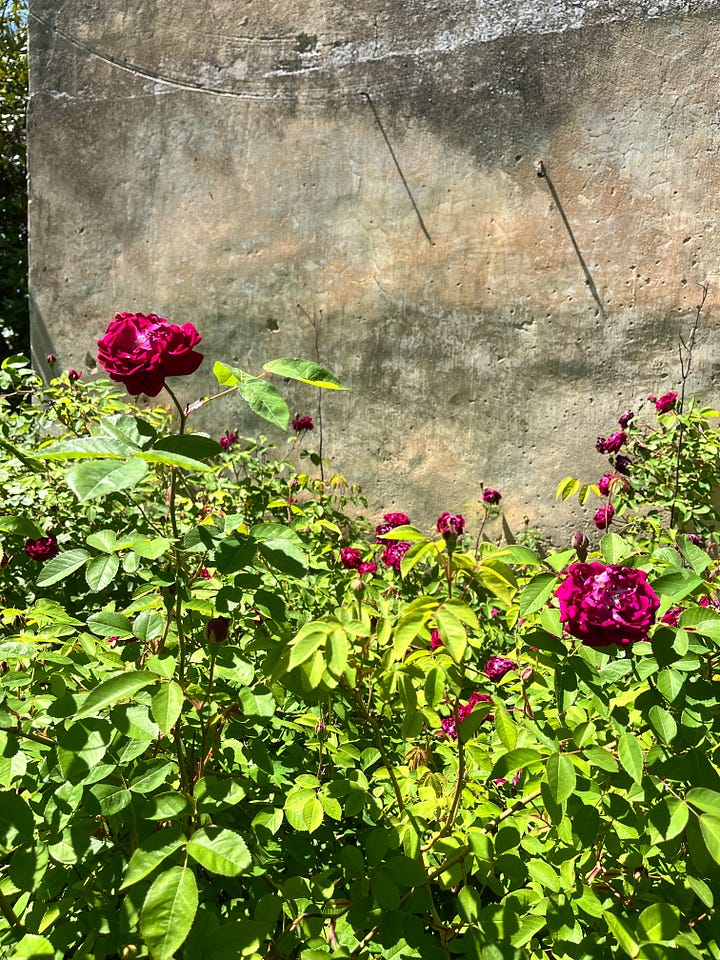
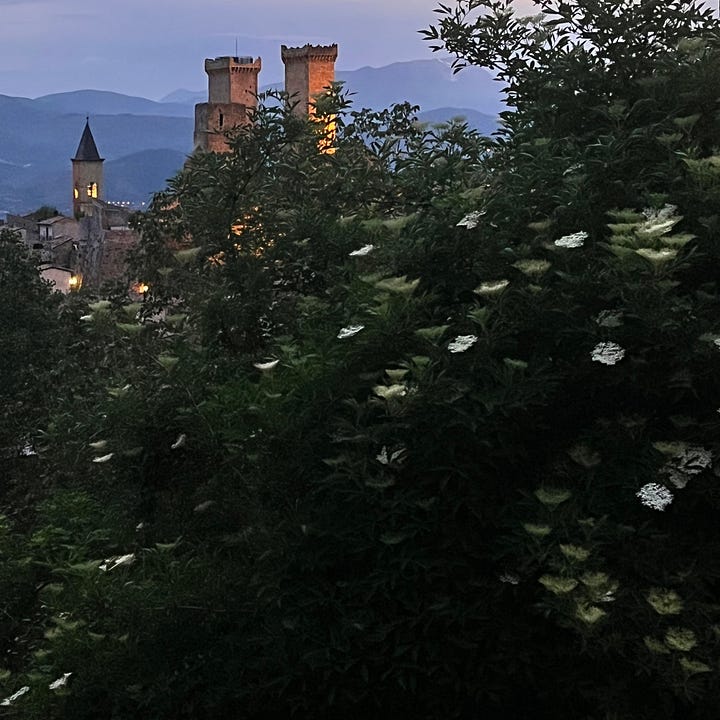

At 17:00, a friend in Pacentro sent me a photo of the first swarm in town around and I laughed knowing I had confirmation of my intuition earlier that morning.
Sunset is now around 20:00 so I imagined I had some time to check on the situation.
By 17:30, the bees were all already in the new home they chose — a tiny hole in the wall, six meters from the ground.
I decided to let this one go, after all it will be fun to have a wild colony I can visit on my daily walk.
This first swarm was my sign to prepare my apiary, so the next few days I began sourcing materials to catch a swarm.
For those of you who are not beekeepers you may be asking — how do you start a beehive?
You generally have a few options: you can get a family of honeybees from a beekeeper, you can catch a swarm or you can create a split from an already established family of honeybees.
It sounds romantic to catch a swarm and create an apiary this way but there are some considerations — first and foremost as a beekeeper it is crucial to check the health of those bees. Sometimes bees swarm because they are ill, so quarantine is always necessary. Once you have assessed the swarms health, a beekeeper would then want to observe the behavior of the bees.
These are the two elements that make swarm catching tricky.
If you receive bees or create a split from an established family then there is little guess work, you can just get to know that family for who they are because you already know a little more about where they came from.
A trained beekeeper can quickly assess the general health of a honeybee colony.
I have worked with a few beekeepers in Abruzzo and so I already know who I would get bees from if I do not manage to catch a healthy swarm.

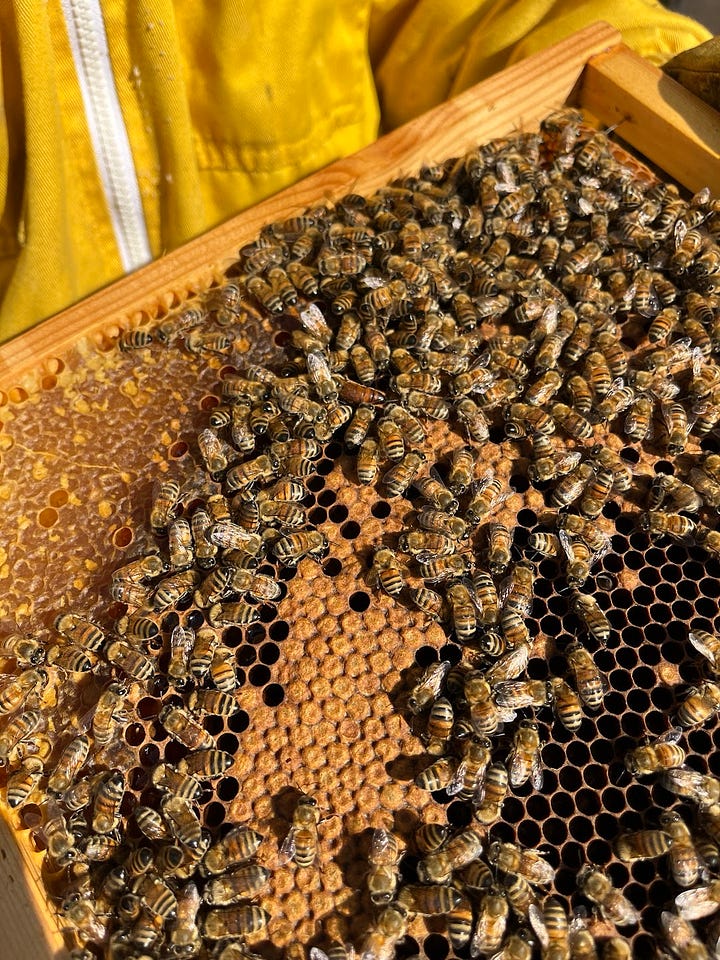
Before I continue speaking about my process of setting up an apiary in Pacentro, I want to pause and announce the next artist in residency for setteuarciate— Chiara Leto of CasaChora.

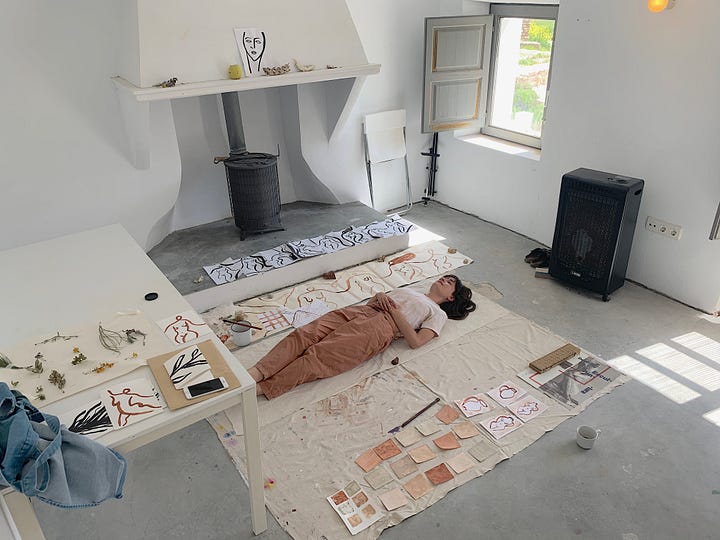
Chiara will be joining us fresh after her exhibit at the San Sebastián Contemporary Art Space in Palazzolo. If you are in or around Sicily on May 24th you are invited to see the opening.
Of course I am so excited to extend an invite to setteuarciate members for those who will be in Pacentro from May 31st - June 7th.
Chiara’s open studio aperitivo for setteuarciate will be on May 31st from 17:00 - 19:00.
We will then co-host a three hour batik workshop on June 1st from 10:00 - 13:00, you can confirm your spot here.
Finally, we will celebrate her time in Pacentro with a long lunch on June 7th from 13:30 - 16:00, you can book your seat at the table here.
Chiara’s body of work folds right into the season of beekeeping in Pacentro. CasaChora explores themes of home and the divine feminine, both elements symbolized by honeybees.
Swarm season is the time of year when bees are drawing the most beeswax. A swarm's wax production is directly related to the need for honeycomb for storing honey— flowers blooming drive that urge to build fresh wax.
Chiara and I will be using beeswax to create reliefs on fabric and dying them with indigo. We will talk more about the magic of wax and play with what I harvested here in Abruzzese apiaries.
I am currently the only beekeeper in Pacentro — I find this exhilarating. Beekeeping in Pacentro has unique challenges for me because we are coexisting with the Marscian brown bear.
Last week a beekeeping friend in Sulmona was quick to warn me that the bears are now out of hibernation and they have been spotted for the first time at the foot of Pacentro in the area lovingly known as La Torre.
There are initiatives by the Majella National Park and Rewilding Apennines to provide beekeepers like me with electric fences to protect our beehives from bears.
It is such a fun invitation to start thinking like a bear and imagining their rhythms so that I can better understand my work in relation to them.
What food is available to them when they awake from hibernation?
When are they retreating up into the mountains?
…coming down?
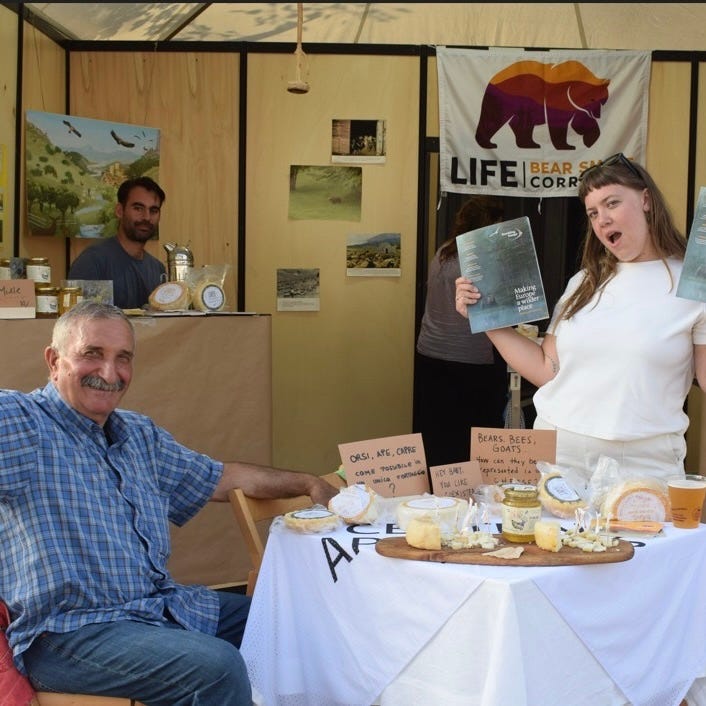
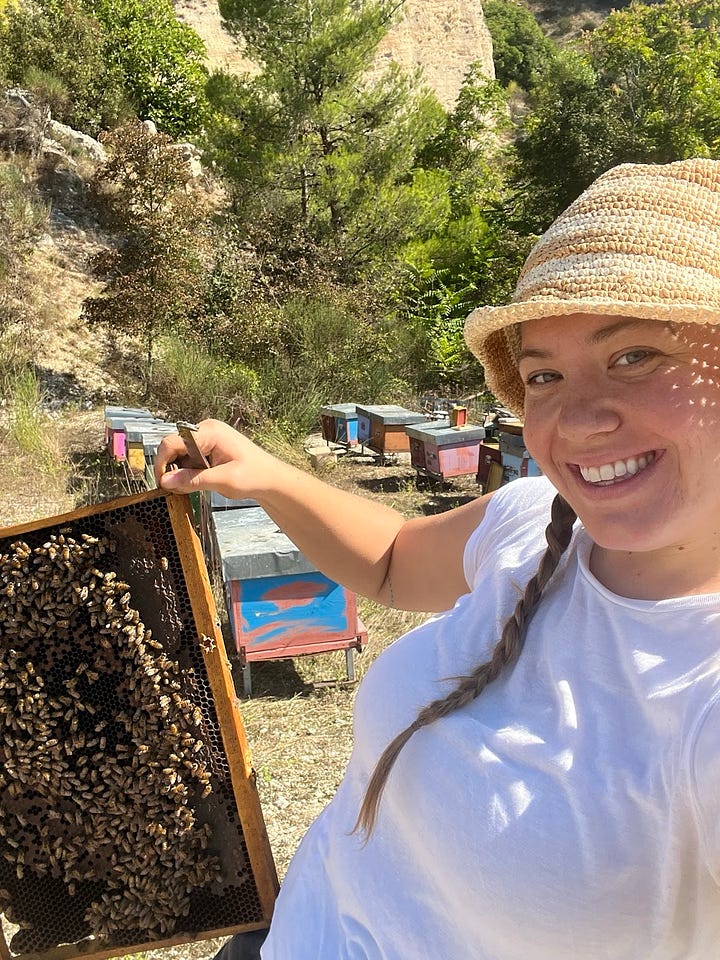
Later in June I will announce beekeeping workshops in Pacentro. Until then, visit me and Chiara and mark your calendar for a the sweet feast day of Saint Rita di Cascia on May 22nd. Saint Rita di Cascia is the patron saint of the impossible, she has a story linked to bees. I encourage you to read more about her and call in her energy when you are trying to face something that feels impossible.
I am looking forward to all the ways in which my beekeeping community in Pacentro will grow. I hope to see some of you during Chiara’s residency and in the future around the beehive.
events at setteuarciate:
May 31st, 17:00 - 19:00 — open studio aperitivo with Chiara Leto
June 1st, 10:00 - 13:00 — an offering exploring the natural plant dyes and beeswax.
June 7th, 13:30 - 16:00 — long lunch x CasaChora




So exciting, anticipate an update.
Gotta anticipate what pooh bear will do next